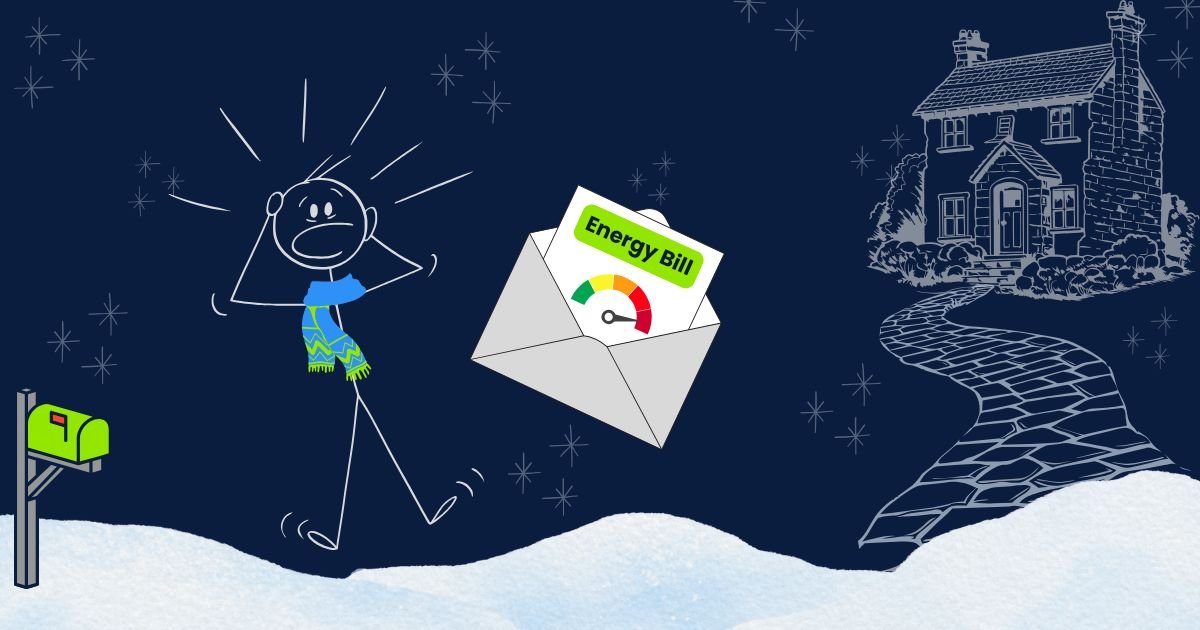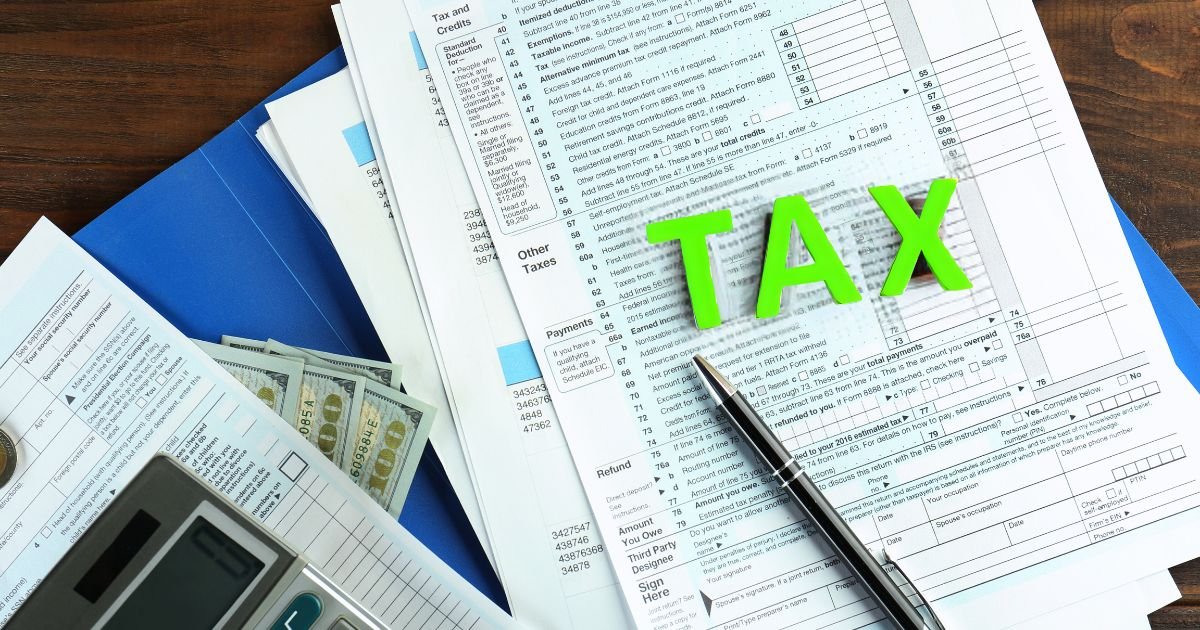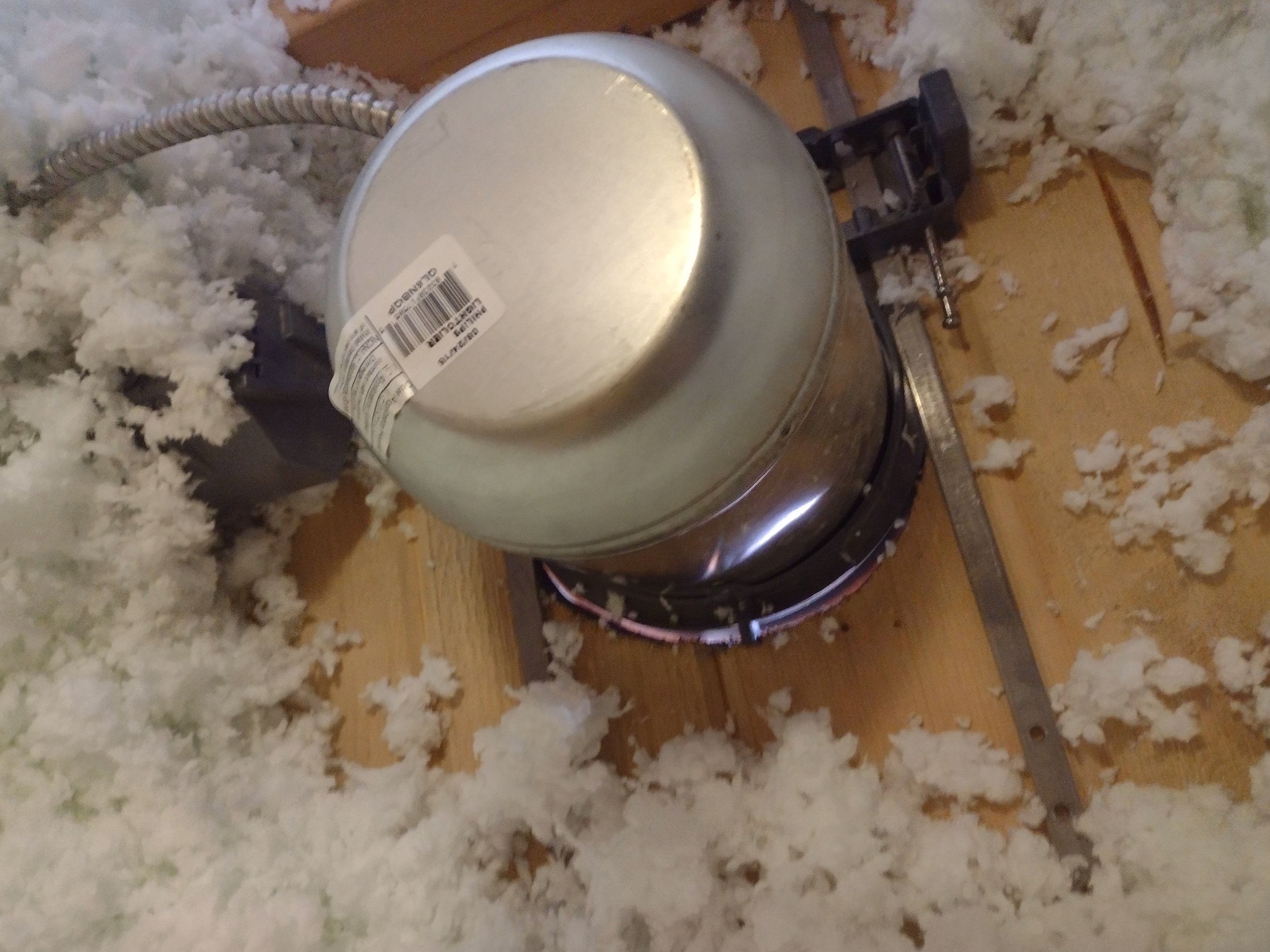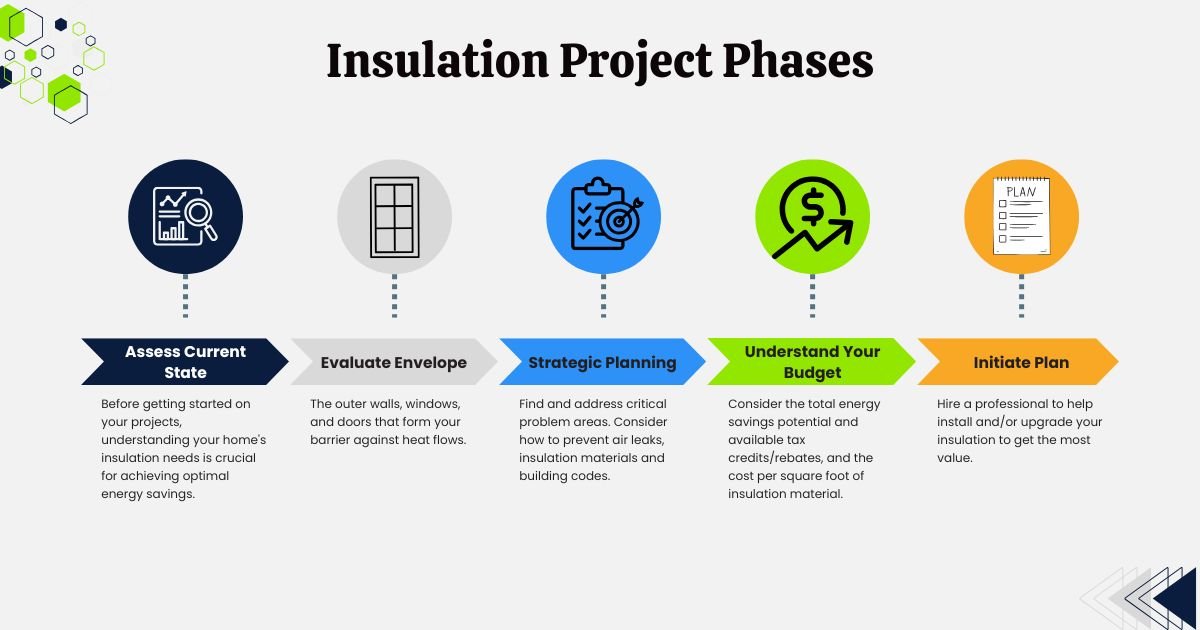Insulation for Heating and Cooling Savings: A Homeowner's Guide
When your monthly energy bills arrive, do you wince? If you're watching your heating and cooling costs climb season after season, your insulation might be the hidden culprit. Proper home insulation isn't just about keeping comfortable - it's one of the most cost-effective ways to reduce your energy costs and save money year-round.
Understanding Energy Loss in Your Home
Most homeowners don't realize just how much energy their homes lose through poor insulation and air leaks. According to energy efficiency studies, a properly insulated home can reduce heating and cooling costs by up to 15%, with some homeowners seeing even greater savings on their total energy costs.
Think of your home like a coffee thermos. A good thermos keeps your drink hot or cold for hours, while a cracked or poorly insulated one lets the heat escape faster than a teenager's allowance. Your home works the same way - proper insulation keeps the temperature right where you want it, while poor insulation lets your comfort (and money) slip away.
These energy losses occur through several key areas of your home's envelope - the outer walls, windows, and doors that separate your conditioned spaces from the outdoors. Your roof and attic can account for up to 25% of heat loss, while leaks, holes, and gaps throughout your home contribute significantly to increases in your utility costs. Even floors over crawl spaces can be silently draining your energy dollars if you don't properly seal and insulate these areas.
How Insulation Works to Save You Money
The science behind insulation is straightforward: correctly installed insulation creates an effective barrier against heat flows. During winter, this means keeping warm air inside your home where it belongs which also is one of the most cost effective ways to increase your home's energy efficiency.
The effectiveness of insulation is measured by its R-value - the higher the R-value, the better the insulating power. When correctly installed, insulation can deliver comfort and savings throughout the hottest and coldest times of the year.
Choosing the Right Insulation Materials
Different areas of your home may require different types of insulation materials. Each option comes with its own benefits and ideal applications.
Fiberglass insulation remains a popular choice for attics and walls, offering reliable performance at a cost-effective price point. Spray foam insulation provides superior air sealing and can reach tight spaces that other materials can't. For environmentally conscious homeowners, cellulose insulation made from recycled materials offers excellent insulating properties while being eco-friendly.
Rigid foam boards work particularly well in basements and exterior walls, providing high R-value in a relatively thin profile. The key is matching the right material to each specific area of your home.
Strategic Insulation Placement
Adding insulation in attics, floors and over crawl spaces, as well as sealing air leaks around outer walls, windows, and doors, typically offers the biggest bang for your buck. Heat naturally rises and escapes through your roof, especially during the hottest and coldest times of the year. Wall insulation plays a crucial role in maintaining comfortable temperatures throughout your home, while properly insulating crawl spaces and basements helps prevent energy loss from the ground up.
Air sealing goes hand in hand with insulation - sealing air leaks around windows, doors, and other openings significantly enhances your insulation's effectiveness. This comprehensive approach to energy efficiency can reduce total energy costs substantially.
Understanding Your Investment
While insulation represents an upfront investment, the long-term savings make it worthwhile. The average cost per square foot varies by material:
Fiberglass: $1.00 - $2.50
Spray foam: $1.00 - $5.00
Cellulose: $1.00 - $3.00
Rigid foam boards: $0.50 - $2.00
Most homeowners recover their investment through energy savings within 3-5 years, and from there, it’s just money in your pocket! Additionally, properly installed insulation can increase your home's resale value and reduce wear on your HVAC system.
*Pricing may be different in your specific area!*
Signs You Need Better Insulation
Your home often provides clear signals when it needs insulation upgrades. High energy bills are the most obvious indicator, but other signs include uneven temperatures between rooms, cold walls or floors, and ice dams forming on your roof during winter. If your HVAC system runs constantly during peak seasons, improved insulation could help lighten its workload.
Professional Installation Makes a Difference
While some insulation projects might tempt DIY enthusiasts, professional installation ensures you get the maximum benefit from your investment. Experienced installers know how to:
Identify and address hidden air leaks
Choose the right R-value for each area
Ensure proper ventilation
Meet local building codes
Optimize material placement for maximum efficiency
Available Tax Credits and Incentives
The current Energy Efficient Home Improvement Credit can save you up to $1,200 on insulation upgrades. Combined with local utility rebates and other incentives, these savings can significantly reduce your initial investment while you enjoy long-term energy cost reductions.
For more information, check out our blog post: The Insulation Tax Credit, Explained: Your Guide to Energy Savings in 2024.
Common Insulation Mistakes to Avoid
Installing insulation without proper air sealing is like trying to keep soup in a colander - it might slow things down, but you're still losing more than you should. Every gap and crack needs to be sealed before insulation can do its best work. This fundamental step in energy efficiency often gets overlooked, especially when adding insulation in attics, floors over crawl spaces, and other crucial areas.
Here's what we often see in homes with DIY insulation attempts:
The most costly mistakes start at your home's envelope - the outer walls, windows, doors, and other barriers between you and the outdoors. Consider these common scenarios:
Incorrectly layering insulation materials, reducing their effective r value
Missing crucial spots around electrical boxes and recessed lighting, creating hidden air leaks
Blocking soffit vents in attics with incorrectly installed insulation, leading to moisture problems
Compressing fiberglass insulation too tightly, which actually decreases its ability to save energy and money
Leaving gaps around ductwork and plumbing penetrations that let your heating and cooling costs literally slip through the cracks
What's more, different areas of your home require different approaches for air sealing their homes properly. For example, blown in insulation needs specific density and coverage to effectively reduce energy costs by air sealing. Crawl spaces and basements demand special attention to moisture control alongside insulation. Even your choice of insulation materials can make or break your energy efficiency goals.
Think you might have some of these issues in your home? While DIY projects can be tempting, correctly installed insulation can deliver comfort and savings especially when handled by professionals. Our team at Argyle Bros knows exactly how much insulation your Bear Lake Valley or Star Valley home needs - and more importantly, how to install it right the first time. We've seen (and fixed) every insulation mistake in the book, saving homeowners from costly do-overs and ensuring their total energy costs stay low year-round.
Year-Round Benefits Beyond Energy Savings
While reducing heating and cooling costs is a primary benefit, correctly installed insulation also delivers comfort and savings in other ways. Beyond keeping your home warm in the winter and cool in the summer, proper insulation helps prevent ice dams along roof eaves in snowy conditions. As well as improving your home's energy efficiency by maintaining consistent temperatures throughout your living space.
Planning Your Insulation Project
Before getting started on your projects, understanding your home's insulation needs is crucial for achieving optimal energy savings. Correctly installed insulation can deliver comfort and savings, especially during the hottest and coldest times of year, but it requires careful planning.
Everyone needs a base line. Assess your home's current state. Energy costs by air sealing and insulation deficiencies show up in several ways:
Ice dams forming along roof eaves in snowy conditions
Rooms that stay cold in the winter and hot in the summer
Current insulation in attics floors showing signs of wear
Unexplained increases in your utility bills
Moisture issues in floors over crawl spaces and basements
Next, evaluate your home's envelope - the outer walls, windows, and doors that form your barrier against heat flows. Professional assessments typically include:
Thermal imaging to detect where warm air escapes
Air pressure tests to identify leaks holes and gaps
R-value measurements of existing insulation material
Moisture readings in crawl spaces and basements
Ventilation checks to ensure proper airflow after sealing air leaks around vital areas
Then, develop a strategic plan focusing on the most cost effective ways to improve your home's energy efficiency:
Address critical air leaks first
Focus on adding insulation in attics floors over crawl spaces
Consider seasonal timing for installing insulation
Plan for proper air sealing their homes before adding new insulation materials
Account for local building codes and energy savings opportunities
Understand your budget. Consider:
Total energy costs savings potential
Available tax credits for insulation upgrades
Utility company rebates
Cost per square foot for different insulation materials like spray foam insulation or blown in insulation
Return on investment through reduced heating and cooling costs
While this might seem overwhelming, professional guidance ensures you'll get the most value from your insulation job. Expert contractors can help:
Develop a customized plan for optimal energy efficiency
Select the right combination of insulation materials
Ensure proper seal and insulate techniques
Maximize available incentives
Create an efficient project timeline
Taking the Next Step
We understand the importance of proper insulation for year-round comfort. Whether you're looking to reduce your energy bills, increase your home's value, or simply create a more comfortable living environment, investing in quality insulation delivers lasting benefits.
Ready to start saving on your heating and cooling costs? Contact Argyle Bros Insulation at (208) 847-5059 for a free consultation. We'll help you identify the most effective insulation solutions for your home and budget.
Remember, a well-insulated home isn't just about comfort - it's an investment in your future that pays dividends with every energy bill.













